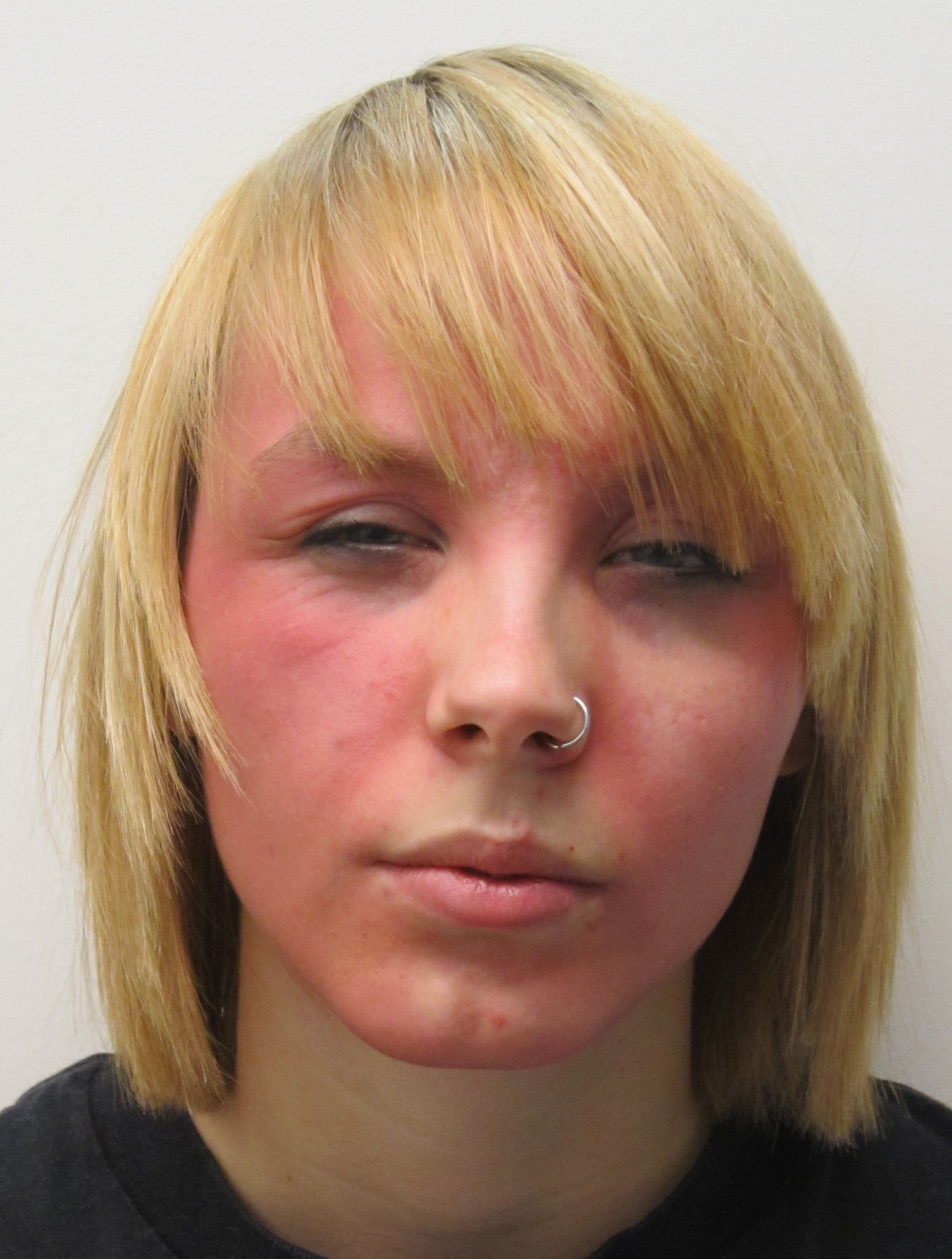| name | Topical Benzoyl Peroxide |
| Classification | Anti-acne agent, keratolytic |
| Pharmacokinetics | Benzoyl peroxide is primarily absorbed through the skin. Its mechanism of action involves the production of oxygen free radicals that kill bacteria and reduce inflammation. The extent of systemic absorption is minimal, but it is important to note that individuals with compromised skin barrier function may absorb more. The drug is metabolized by the skin and does not undergo significant hepatic metabolism or renal excretion. |
| suggested dosage | Dosage depends on the concentration of benzoyl peroxide and the patient's response. Commonly used concentrations range from 2.5% to 10%. A 2.5% to 5% concentration may be used once or twice daily, while a 10% concentration may be used once a day. Application should be limited to the affected skin area(s). The individual should follow the specific instructions of the prescribing physician or pharmacist regarding frequency, duration, and skin area to treat. |
| indications | Treatment of acne vulgaris (mild to moderate). |
| safety in pregnancy | Limited data are available on the safety of benzoyl peroxide in pregnancy. While generally considered safe, it is prudent to avoid use during pregnancy if possible and to use the lowest effective concentration and duration. Consult with a healthcare professional for guidance during pregnancy. |
| safety in breastfeeding | Minimal systemic absorption of benzoyl peroxide is observed. Although generally considered safe for use during breastfeeding, it is recommended to apply only to affected skin areas and avoid prolonged contact with areas of skin around the nipple and areola. Consult a healthcare professional before use during breastfeeding. |
| side effects | | 1 | Skin irritation (erythema, dryness, scaling, burning, itching, stinging) | | 2 | Skin sensitivity (increased photosensitivity) | | 3 | Contact dermatitis (in susceptible individuals) | | 4 | Transient skin discoloration (especially with higher concentrations) | | 5 | Allergic reactions (rare) |
|
| alternatives | |
| contraindications | | 1 | Known hypersensitivity or allergy to benzoyl peroxide | | 2 | Severe skin conditions in the treated area (e.g., open wounds, eczema) | | 3 | Active skin infections |
|
| interactions | Limited interactions are known. Potentially increased risk of skin irritation if used with other topical acne medications. Avoid concurrent use of harsh scrubbing agents or abrasive products with benzoyl peroxide to limit skin irritation and potential damage. Do not use with products that contain alcohol or other potential irritants, and avoid prolonged exposure to sunlight. |
| warnings and precautions | | 1 | Start with a lower concentration and frequency to minimize skin irritation. | | 2 | Patch testing may be advisable if severe skin sensitivity is suspected. | | 3 | Avoid contact with eyes and mucous membranes. | | 4 | Use sunscreen during daylight hours while using benzoyl peroxide to reduce potential photosensitivity. | | 5 | Stop use and contact a physician if skin condition worsens or new skin reactions develop. | | 6 | Do not use on large areas of skin or for extended periods without consulting a healthcare professional. |
|
| additional informations | Benzoyl peroxide is available over-the-counter at varying concentrations. Consult with a dermatologist or other healthcare professional for personalized advice on the appropriate concentration, dosage, frequency, and duration of use, especially for severe acne or those with sensitive skin. |
| patient specific details | |

